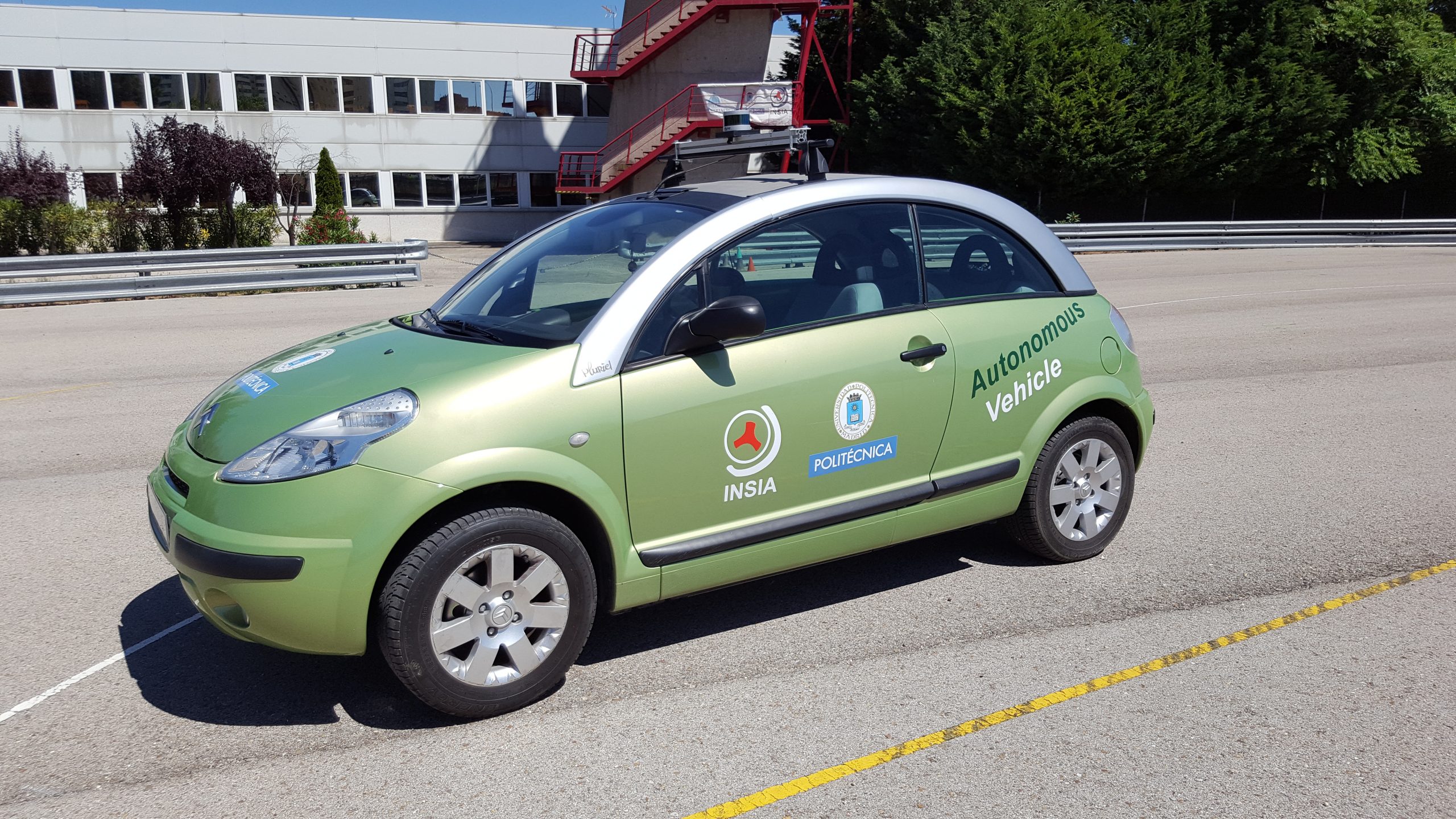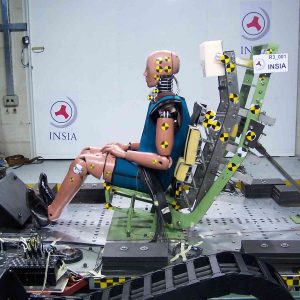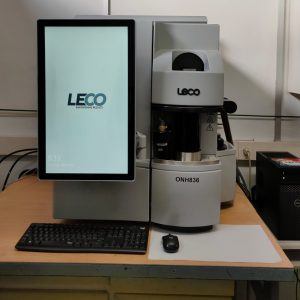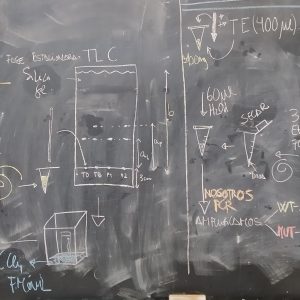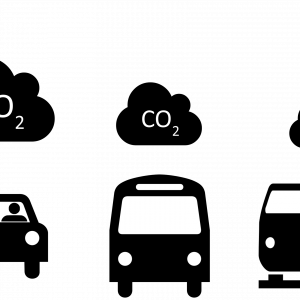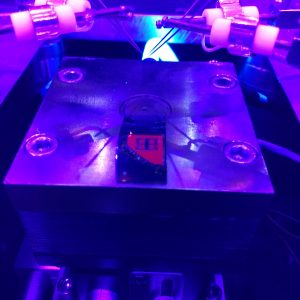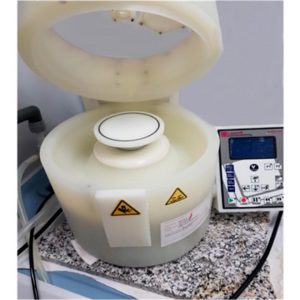Description of the services offered
Solutions are available to cover all the necessary layers for autonomous driving, including vehicle positioning, environment perception using LiDAR sensors and computer vision, decision algorithms based on different tools including Artificial Intelligence, and non-intrusive devices for control automation. This automation applies to all types of road vehicles (cars, trucks, buses) or off-road vehicles. Likewise, they can be oriented to transport applications or specific to areas such as military, public works, etc.
Customized developments are offered for the automation of vehicles in any of the layers of perception, decision or action, with the possibility of providing a comprehensive or partial solution with interfaces with the rest of layers in the most convenient format in each case.
In the case of perception systems, the most suitable configuration for the detection of elements or obstacles of interest is analyzed to obtain a complete representation of the environment.
For the decision-making layer, different operating solutions can be developed for route tracking, operations repetition, reference elements monitoring, obstacles avoidance, remote driving, etc.
Solutions are available for acting on the vehicle controls in a non-intrusive wat that allow automatic transition between autonomous and manual driving modes at any time. The vehicle could be always controlled by a human driver. These solutions are adapted to each specific vehicle.
Remote control stations can be developed, providing the operator the capacity of controlling the vehicle and knowing all relevant data.
Finally, V2X communications technology enables the integration of connected vehicle applications with other vehicles and/or infrastructure to achieve higher levels of automation.
Demanded needs and applications
Adaptation of vehicles for autonomous or remote driving. Applications include road transport of passengers and goods, public works vehicles or military surveillance for monitoring and incursion missions in risky areas.
Sector or area of application
-
Road transport (passengers and goods).
-
Public works
-
Military sector
-
Agriculture
Differential competencies
Complete automation projects are offered up to the control level required by the customer and with open interfaces for communication with other layers that are left out of the request. Likewise, the designs are adapted to each specific vehicle and application to achieve the greatest effectiveness in the task to be performed. By covering all layers of the automation process (perception, decision-making and action), we can find the most optimal solutions. The possibility of including V2X connectivity in the vehicle can increase its autonomous capabilities. Finally, the versatility of the available solutions allows to address developments for very different areas and sectors, including road or off-road environments.
Equipment description
The equipment used in automations varies depending on the specific application but is usually composed of the following:
-
Electric actuators for vehicle control
-
Custom electronic developments for actuator control (electronic circuits design and development capability)
-
Mechanical developments to fix actuators for automation (design capacity and development of mechanical assemblies)
-
Perception sensors (mainly LiDAR) and development of obstacle detection and environment reconstruction algorithms
-
Programming of the control system in open and modular architectures (ROS, ROS-2)
-
V2X communications modules, configurable as RSU (Roadside Unit) or OBU (On-board Unit), using our own technology compatible with ETSI ITS-G5



